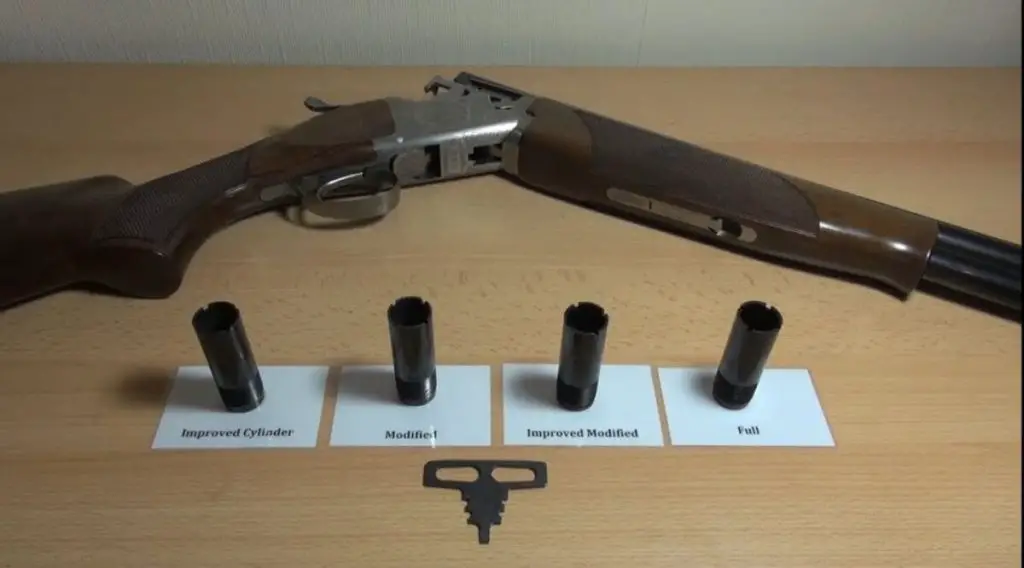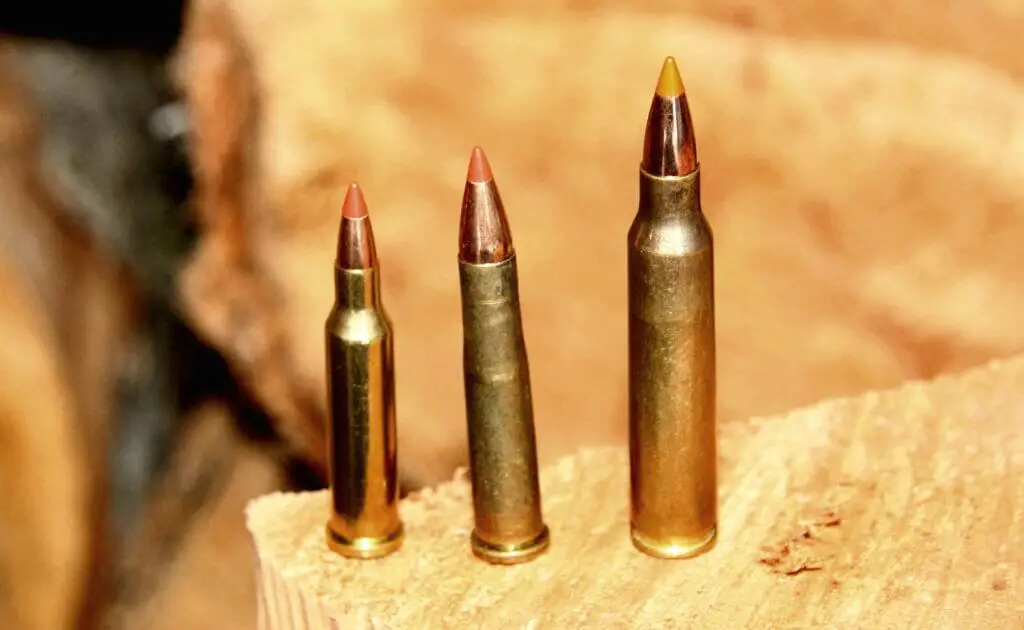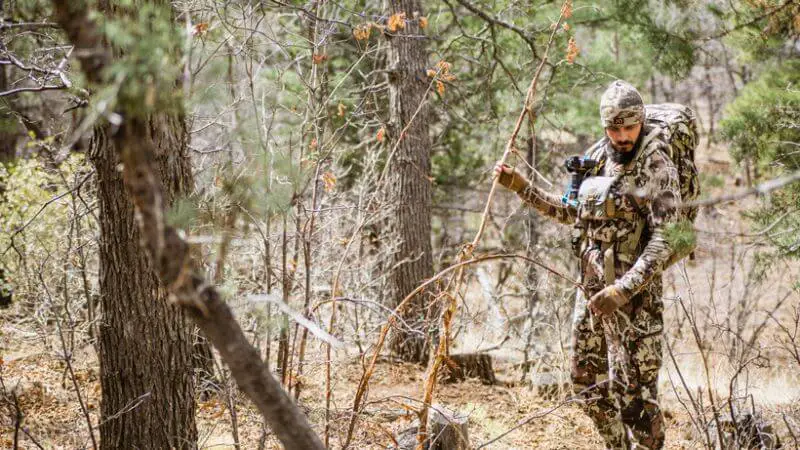Spotting scopes are an essential piece of equipment for various outdoor enthusiasts, such as wildlife watchers, birders, hunters, and long-range shooters. The right spotting scope can enhance your outdoor experience by providing clear, detailed, and magnified images of your subject. Two popular spotting scope series in the market are the Vortex Razor and Viper series. This comprehensive blog post will dive deep into the differences, features, benefits, and drawbacks of the Vortex Razor and Viper spotting scopes, enabling you to make an informed decision when purchasing your next spotting scope.
Vortex Razor Vs Viper Spotting Scope: Overview
Before diving into the nitty-gritty details and technical aspects of each spotting scope, let’s look at a brief overview of both the Vortex Razor and Viper series.
| Feature | Vortex Razor Spotting Scope | Vortex Viper Spotting Scope |
|---|---|---|
| Magnification Range | Typically Higher | Typically Mid-Range |
| Objective Lens Diameter | Larger | Mid to Large |
| Lens Coatings | XRPlus, HD, Apochromatic | XR, HD, XR Anti-Reflective |
| Field of View | Generally Wider | Moderate to Wider |
| Close Focus Distance | Longer | Shorter |
| Prism System | Abbe-Koenig or Porro Prism | Roof or Porro Prism |
| Body Material | Magnesium Alloy | Aluminum Alloy |
| Waterproof/Fogproof | Yes | Yes |
| Armor/Coating | Rubber Armor | ArmorTek Coating |
| Price Range |
Vortex Razor Series
The Vortex Razor series consists of high-end, premium spotting scopes designed to deliver top-notch optical quality, durability, and functionality. These scopes come with an array of advanced features, providing users with outstanding performance in various outdoor and weather conditions. The Razor series is best suited for those who require the highest quality optics and are willing to invest in a high-end spotting scope.
Vortex Viper Series
On the other hand, the Vortex Viper series offers mid-range spotting scopes with excellent image quality and durability at a more affordable price point. While not as feature-packed as the Razor series, the Viper scopes provide great value for their cost and are ideal for those who want a reliable and efficient spotting scope without breaking the bank.
Optical Performance
One of the most critical aspects of any spotting scope is its optical performance. In this section, we will compare the optical elements of both the Razor and Viper series, focusing on aspects like magnification, lenses, and image quality.
Magnification
Both the Vortex Razor and Viper series offer a range of magnification options to cater to different outdoor activities and user preferences. The Razor series spotting scopes come with magnification ranges of 11-33×50, 22-48×65, and 27-60×85. On the other hand, the Viper series features two main options: the 15-45×65 and the 20-60×85. Depending on your specific needs, both series offer options for close-up and long-range observations.
Lenses and Coatings
The optical quality of a spotting scope depends heavily on the type of glass used and the lens coatings. The Razor series uses extra-low dispersion (ED) glass that reduces chromatic aberration and provides high-definition images. The Viper series uses high-density (HD) glass, also reducing chromatic aberration but not as effectively as the ED glass of the Razor series.
Both series feature Vortex’s proprietary XR anti-reflective fully multi-coated lenses that increase light transmission, providing brighter and more accurate color reproduction. Additionally, the Razor series boasts the premium APO (apochromatic) lens design that enhances color fidelity and image resolution further.
Image Quality
As expected, the Vortex Razor series, with its advanced optical elements and coatings, provides images that are sharper, more vivid, and have better detail than the Viper series. However, the Viper series still delivers impressive image quality, making it an excellent option for those looking for a more budget-friendly alternative.
Construction, Durability, and Weather Resistance
A spotting scope’s build quality plays a significant role in its durability and ability to withstand various outdoor conditions. In this section, we will dissect the construction and weather resistance features of both Razor and Viper series spotting scopes.
Construction
Both the Vortex Razor and Viper series have a durable and sturdy construction. The Razor series boasts a magnesium alloy chassis, while the Viper series uses a polycarbonate chassis. The magnesium alloy construction of the Razor series provides increased durability and lighter weight compared to the Viper’s polycarbonate build.
Weather Resistance
When using a spotting scope outdoors, it is vital to invest in a weather-resistant model. Both the Vortex Razor and Viper series are designed with weather resistance in mind, featuring O-ring sealed and argon gas-purged optics that provide waterproof and fog-proof performance. Additionally, both series feature ArmorTek coatings on lenses, protecting the glass from scratches, oil, and debris.
Overall, the Razor and Viper series offer remarkable durability and weather resistance. You can rely on either series to perform well in various outdoor conditions, ensuring a long-lasting and reliable spotting scope.
User Experience and Ease of Use
A spotting scope’s user experience and ease of use play a significant role in determining its overall performance. In this section, we will analyze the focusing mechanism, eyepieces, and tripod compatibility of both Razor and Viper spotting scopes.
Focusing Mechanism
The Vortex Razor series features a dual focusing mechanism, allowing users to make both coarse and fine adjustments quickly and smoothly. This design enhances user experience and provides pinpoint focus on subjects with ease. On the other hand, the Viper series has a single focus mechanism that provides smooth focusing but lacks the precision of the Razor series’ dual system.
Eyepieces
Both the Razor and Viper series spotting scopes come with removable eyepieces allowing users to attach a wide range of compatible eyepieces. The Razor series scopes come with Vortex’s RZR-Zero Stop eyepieces, known for their excellent image clarity and quality. Viper series scopes do not have this feature, but they still provide excellent image quality and can accommodate various eyepieces.
Tripod Compatibility
A quality tripod can make a significant difference in the stability and ease of use of your spotting scope. Both the Razor and Viper series are compatible with standard tripod mounts, giving users the freedom to choose their preferred tripod setup.
Price and Value
While the Vortex Razor series offers top-of-the-line optical performance, durability, and features, it comes at a premium price. This series is best suited for those who are willing to invest in a high-end spotting scope and require the best possible performance.
On the other hand, the Vortex Viper series offers excellent image quality, build, and features at a more affordable price point. The Viper series may not have all the advanced features of the Razor series, but it provides great value considering its performance and cost.
Ultimately, the choice between the Razor and Viper series will depend on your budget and specific spotting scope requirements.
Frequently Asked Questions
What is the difference between Vortex Viper and Razor?
The Vortex Razor has better optical performance and features, such as extra-low dispersion glass and larger objective lens. The Vortex Viper, on the other hand, is more affordable and designed for users who are on a budget
What is the difference between Vortex Diamondback and Viper spotting scopes?
The Vortex Viper has a more durable construction, better optics, and features such as the ArmorTek coating for scratch resistance. The Vortex Diamondback is a more budget-friendly option with lower-end optics and fewer features.
What country is the Vortex Razor spotting scope from?
The Vortex Razor spotting scope is made in Japan.
What is the best spotting scope under $1000 dollars?
The Vortex Razor HD spotting scope is considered to be one of the best spotting scopes under $1000, as it offers excellent optical performance and durability at an affordable price.
Is the Vortex Razor HD spotting scope waterproof?
Yes, the Vortex Razor HD spotting scope is waterproof as it is O-ring sealed and nitrogen-purged to prevent water from seeping into the interior.
What is the magnification range of the Vortex Razor HD spotting scope?
The Vortex Razor HD spotting scope is available in 11-33×50 and 22-48×65 magnification ranges.
Is the Vortex Razor HD spotting scope compatible with digiscoping?
Yes, the Vortex Razor HD spotting scope is compatible with digiscoping and can be used with a wide variety of cameras and smartphones.
What is the eye relief on the Vortex Razor HD spotting scope?
The eye relief on the Vortex Razor HD spotting scope is 16-19 mm, depending on the magnification range.
Does the Vortex Razor HD spotting scope come with a tripod?
No, the Vortex Razor HD spotting scope does not come with a tripod, but it can be easily attached to most tripods using a standard tripod adapter.
What is the warranty on the Vortex Razor HD spotting scope?
The Vortex Razor HD spotting scope comes with a lifetime warranty, which covers all defects in materials and workmanship.
- How to Put a Scope on a Mosin Infantry in Tarkov: A Quick Guide - November 7, 2024
- How to Edit a Scope Box in Revit: A Step-by-Step Guide - November 6, 2024
- How to Put a Scope on Mosin Tarkov: Expert Tips for Gamers - November 6, 2024


